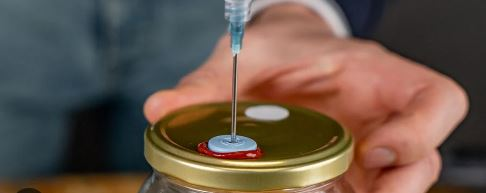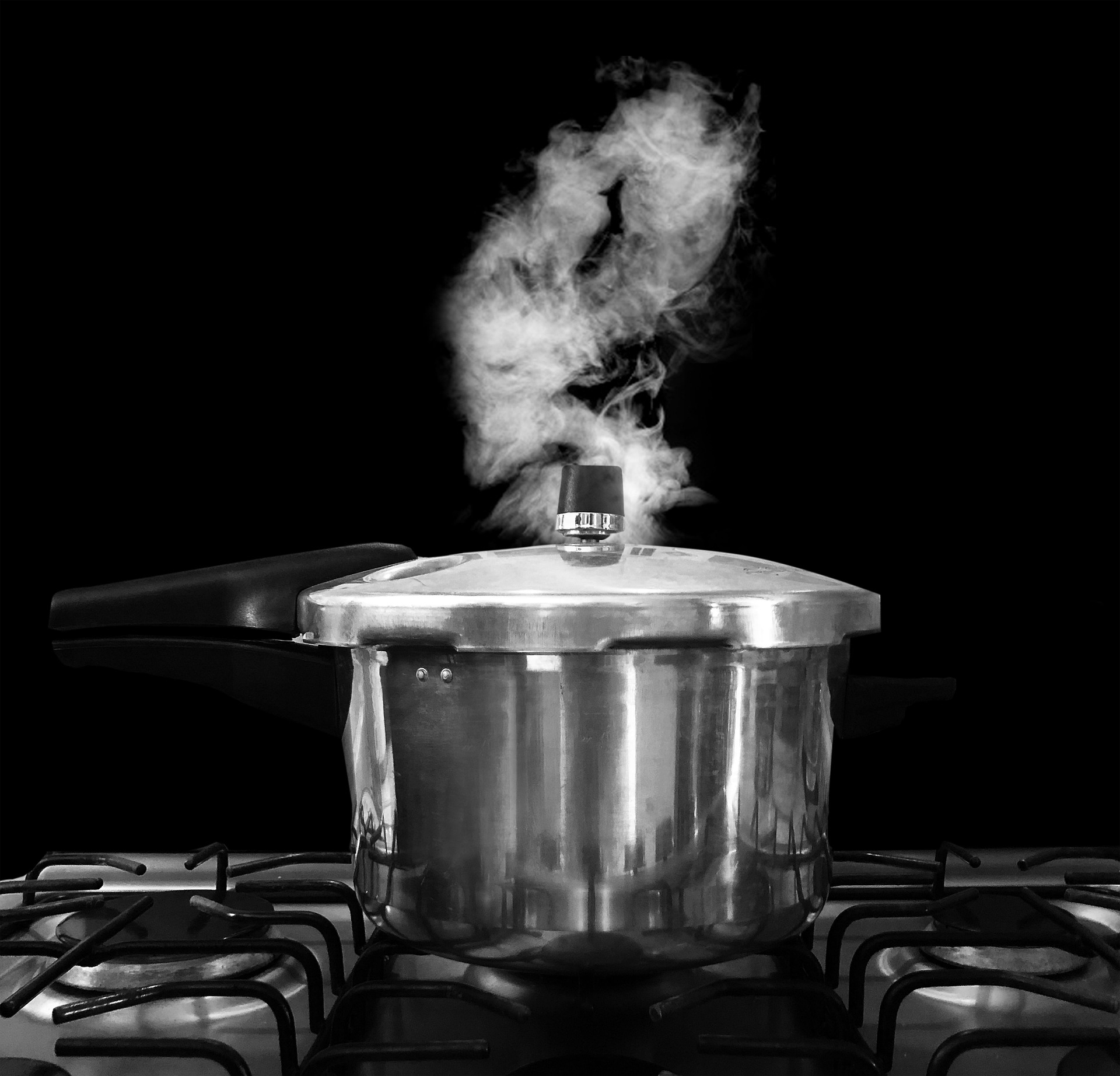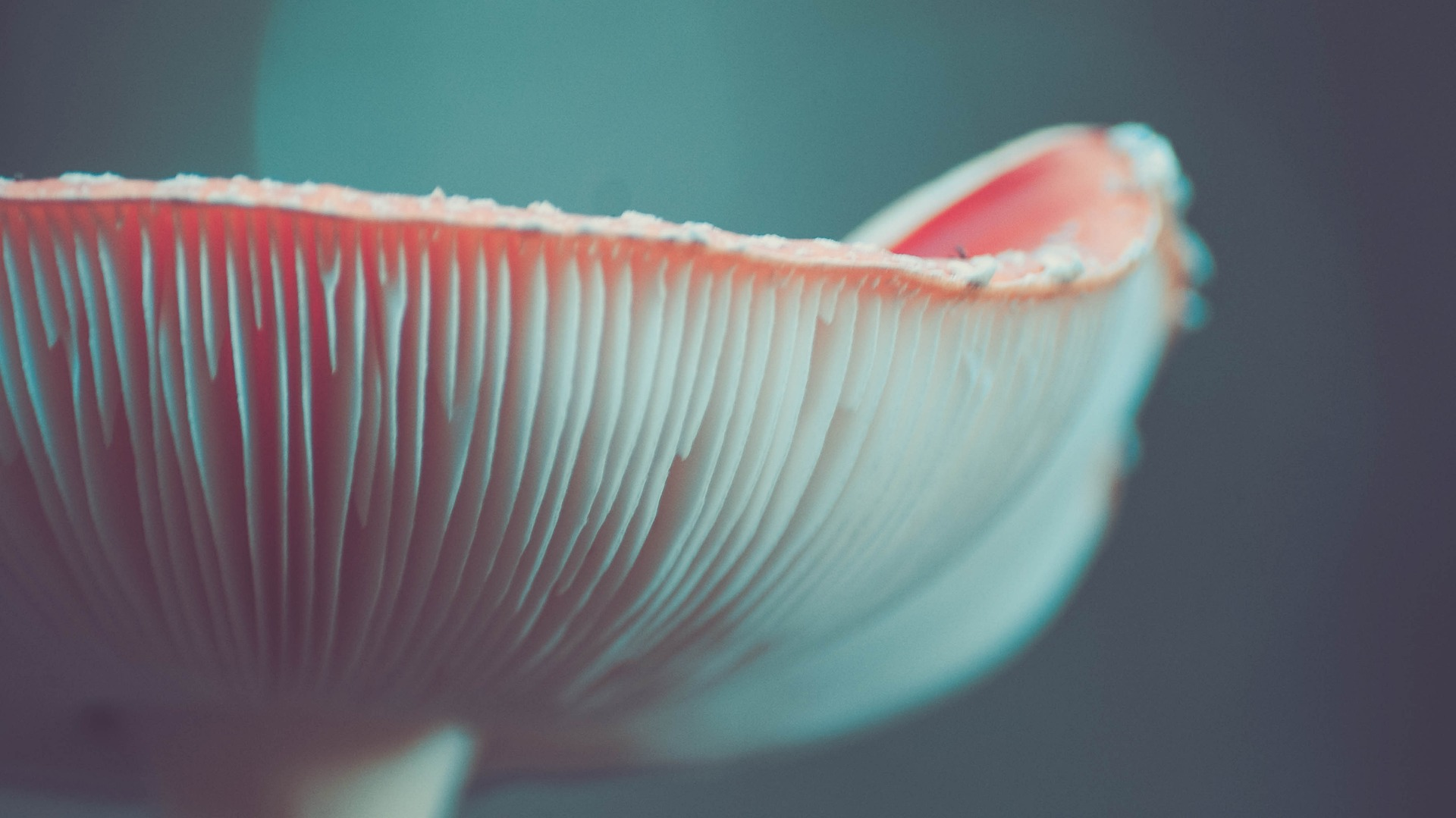With a simple and easy mushroom liquid culture recipe, you can learn the mysteries of growing bountiful mushrooms. Learn how to make liquid culture but also carry your mushroom growing to the next level! Growing mushrooms with a liquid mushroom culture recipe may make you feel a bit more like a scientist and perhaps a mycologist than just a hobbyist. The good news is that you don’t need a degree to effectively create your own exclusive mushroom liquid culture and to transform that culture into mycelium which will eventually create nutritious mushrooms within your personal garden or home. Before moving on to the best liquid mushroom culture recipe guide, let us first know what is a liquid culture.
What Exactly Is Liquid Culture?
Liquid culture, also defined as “liquid broth culture” or LC is a sterilized nutritious solution that can be used as a growing, storing, and swapping media for mycelium tissue whilst also growing mushrooms. For mushroom cultivation, liquid culture serves as a starter culture. It can be used to fertilize agar plates, sterilize grain for spawn production, or to expand as well as create further liquid culture. Liquid culture is frequently made in jars with reconfigured lids from the sterile broth that has a particular sugar-to-water ratio. A mycelium culture has been inoculated into this broth. The mycelium would then consume the sugar and then continue to grow, producing an almost infinite amount of mycelium. A syringe is used to extract liquid culture from the jar through the injection port inside the modified lid. To avoid the transmission of contaminants, the cannula of the syringe is often heat sterilized.
What are the benefits of Mushroom Liquid Culture?
● Contamination is less likely: You can inoculate grains in non-sterile environments using a hygienic mushroom liquid culture. This implies that you could inoculate mushroom grains on non-contaminated surfaces such as your kitchen counter.
● It’s a simple method for beginners: The risk of failure is low because the possibility of contamination is low. This advantage demonstrates that the mushroom liquid culture recipe is indeed an ideal place for newbies to begin
● Mycelium growth is unrestricted: Mycelium does not stop growing once it begins. By using more and more liquid culture, you will increase your colonization rates.
Liquid culture from spore syringe
Mycelium grows and expands in a combination of liquid but also specific sugars, as we know from mushroom liquid culture. The isolated Mycelia in your liquid culture syringe would then grow away from the inoculation. A spore syringe is just a sterilized syringe filled with mushroom spores. In this syringe, you’ll use gazillions of mushroom spores floating in sterilized water. Using liquid cultures instead of spore syringes has several advantages. Spore syringes have quite a long shelf life since spores can be stored for an extended period of time if refrigerated. Liquid culture from spore syringes produces fewer mushrooms but has more diverse genetics. Spore syringes are a form of microbial culture that suspends the cells in a liquid medium. Spore syringes are employed to inoculate diverse cultures or replenish old ones.
Step-by-Step Instructions for Creating Liquid Culture
Producing a liquid culture broth is indeed a simple process. A variety of sugars as well as starches may be used. For a liquid culture recipe, the following items are required:
● Pressure cooker for mushroom cultivation
● One of the following sugars: organic honey, corn sugar, corn syrup, light malt extract, and dextrose (glucose).
● Air port jar also referred to as a grain spawn jar.
● Syringes- 10mL
● Needles (Keep in mind that the greater the quantity, the smaller the needle). 18-gauge wire is usually recommended)
1. Measure the ingredients
Measure both the light malt extract as well as the brewers’ yeast using precision scales (optional). it is very important to carefully measure and combine the sugar and water in the jar. Warm water can assist in the sugar dissolving faster, but it is not required.
1a. The Ingredients are as follows:
20g of light malt extract (LME)
20g of glucose
0.5g of yeast extract
2g of agar
2. Make a mixture
By using a screwdriver or maybe something similar, make a hole across the lid of a glass jar. As shown in the image below, the hole must be as adjacent to the edges of the lids as possible. Fill the jar with 600ml of warm water next. It is preferable to use distilled water but tap water will suffice. After measuring out the amounts of nutrients you’ll be using, add it to the jar, and simply give it a swirl or mix with a spoon. Screw the lid to the jar and cover the hole in the lid with two strips of micropore tape. Finally, position some foil above the top of your jar. and then fix it with a rubber.

3. Jars should be sterilized
Heat the same liquid culture jar inside the pressure cooker till the pressure attains 15 psi. Once 15psi is reached, leave the culture for 30-40 minutes to sterilize. Turn off the heat and leave the pressure cooker to completely cool overnight before proceeding to the next step.
4. Liquid Culture Mixture Inoculation
The first step is to locate a location to inoculate your created mixture. It’s also possible to carry out this task on a clean kitchen counter, but a nevertheless air box has always been recommended. Then, follow the below-mentioned detailed steps:
● Get your butane lighter, micro-pore tape and liquid culture syringe, ready.
● Put on gloves as well as a face mask after wiping down your surfaces.
● Start by removing the jars from the pressure cooker.
● Wipe the jar’s lid with alcohol wipes.
● Place a piece of micro-pore tape on the top of the container or jar, which you will fold down.
● Shake the needle to expand the existing mycelium.
● Sterilize the needle in a flame until it glows red.
● Inject 1cc of the liquid culture with a syringe.
● Start removing the syringe and turn the micropore tape down.
● Position the jar at the desired incubation temperatures (18-20c or 64-68f).
5. Wait
To avoid clumpy solid mycelium masses, stir the jar on a daily basis (without opening the jar). Alternatively, you can accelerate the procedure by placing your jar on a stirring plate.
6. Keep an eye on Growth
The duration required for a liquid culture to colonize is determined by a number of factors, including the type of mushroom grown, the temperature, as well as the nutrients that were added to the liquid culture. A liquid culture can take anywhere between a few days to a few weeks to fully colonize. Some mushrooms, such as oyster mushrooms, can colonize a liquid culture in just 3-5 days, while others, such as lion’s mane, can take up to 2-3 weeks. Temperature also has an impact on colonization time, with higher temperatures frequently promoting faster colonization. Furthermore, the type of nutrient content employed in the liquid culture can influence colonization time. Some nutrient solutions, such as those containing brewer’s yeast, may promote faster colonization.
What Qualifies as a Good or Bad Liquid Culture?
One can easily identify a healthy culture from a bad liquid culture. An Excellent liquid Culture must be clear, and you ought to be able to easily see the other edge of the jar through it. It should have a white chunk of mycelium or many small clumps of mycelium inside the liquid. It is a Poor Culture If the culture seems to be cloudy and you can’t see through it even after waiting a week after inoculation, as sometimes the mycelium tends to clean the culture out. if it emits a foul odor or has a greenish tint scum just on top of the culture after settling for a few days, this is a sign of contamination.
What are the drawbacks of Mushroom Liquid Culture?
● It is critical to maintaining a sterile working environment. Your 1st liquid culture will almost certainly be contaminated. There are methods for minimizing this risk, however, the process is time-consuming and necessitates a great deal of trial and error.
● Preferable for sophisticated mushroom cultivation. Basic technical and laboratory skills are needed to comprehend how really mushroom liquid culture actually works and ensure the success of your process.
● In liquid culture, contamination cannot be seen. You won’t realize your mixture was indeed contaminated until you use it. To determine the continuation of liquid cultures, you require a sterile environment as well as basic laboratory skills. However, detecting contamination remains difficult.
● A stir plate is required for this. Twirling your liquid culture only by hand will not work.
Frequently asked questions about liquid culture recipe
1. Why Develop Liquid Culture?
The following are the reasons why you should develop a liquid culture:
● Faster Growth – Because the medium already incorporates live mycelium, it usually colonizes a substrate much faster. This gives LC the upper hand over spores.
● Unlimited Mycelium Supply – By becoming familiar with creating liquid culture, you can turn a single LC syringe into an infinite supply of mycelium. You must, however, account for senescence, so use a master jar.
● It’s inexpensive – creating liquid cultures is indeed very inexpensive and can be done with common household ingredients.
2. Is a pressure cooker required for making liquid culture?
If you don’t have a pressure cooker, you can sterilize your liquid culture recipe in the microwave. Put your mixture in a microwave-safe container, then microwave it for 3 minutes. after this remove the container and shake, and then microwave for yet another 3 minutes.

3. How Long Is Liquid Culture Effective?
Liquid Culture can live at room temperature for about 6 months or until the nutrients inside the solution are depleted. So your liquid culture will last a reasonable amount of time while being suspended in the solution. If you need your liquid culture to last longer, putting it in the fridge should keep it alive for years.
4. When Should You Shake/Stir Liquid Culture?
At least once a day, shake or stir using a magnetic stirrer. If you do not do this, the mycelium will form a massive blobby mass, as shown below. This also accelerates the expanding procedure because there’s more surface area for the mycelium to develop.
5. How Should Liquid Culture Be Stored?
Do you keep liquid culture in the refrigerator? If so, how frequently should you be doing so? Stir the liquid culture syringe if you’d like to disperse mycelium. Position your injection point just on a substrate with alcohol. Excessive shaking can harm mycelium as it disperses. It should be kept cool, such as in the fridge, for later use. Keep liquid cultures in the fridge for no less than two months. Slant cultures can be kept in the refrigerator for a prolonged time or in the fridge for an extended time frame.
6. How Long Does It Take to Colonize?
It usually takes 7-14 days for liquid culture to accumulate sufficient mass to be put to use in a final inoculation. It may take more time for the Jar to be fully colonized, and growth may slow. Numerous factors can play a role here, including shaking the culture, temperature, and Mycelium vigor.

In Conclusion
If you’re new to mushroom cultivation, liquid culture represents the most straightforward method. This is an excellent method for preserving your culture over time while retaining its vitality. The procedure for making liquid culture is fairly simple. The secret is to have a good technique and also be clean. Contaminants, like a mushroom mycelium, grow quickly in liquid. The most important aspect of this procedure is its simplicity. Liquid culture is suitable for mushroom growers, whether novice or expert, for a wide range of reasons. Because of its simple cultivation, small scale, as well as the capacity to inoculate grains through non-sterile environments, liquid culture outperforms other growing techniques. Liquid culture is important in mushroom cultivation because it provides a practical and effective way to continue to spread and grow mycelium, which is required for generating robust and healthy mushroom crops. Furthermore, after colonizing a grain substrate, liquid cultures can multiply quickly. As a consequence, small-scale mushroom growers should find them very appealing.
